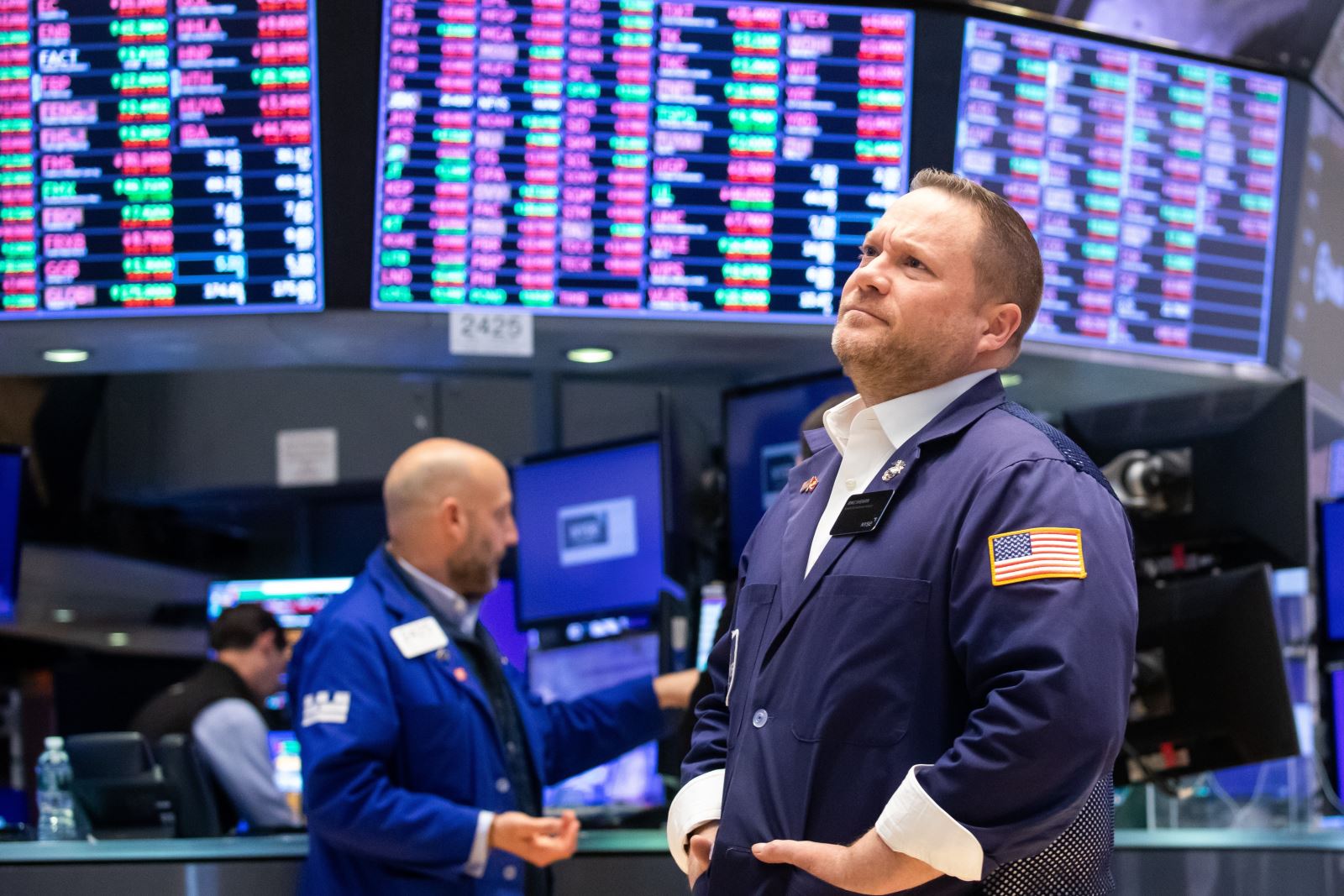Outlook for the global economy and financial assets
It seems fair to say that forecasts for the US next year are pretty good. If correct, this implies a pretty positive backdrop for the global economy and global financial assets. But is the optimism justified?

If we look at consensus forecasts for the US economy and financial asset prices next year, the prognosis looks pretty positive. Growth is seen rising by just over 2% (2.1%) according to both the Fed and consensus forecasts from the Bloomberg survey of private sector analysts, while inflation is expected to be slightly above the 2% target at 2.3% for PCE prices. The unemployment rate is expected to be barely changed at 4.3%.
On the financial front, the Bloomberg survey sees the 10-year treasury yield lower than current levels at around 4.1% and the dollar pretty steady at 1.05 against the euro. Surveys of analysts in the stock market seem to be pointing to a gain of around 10% for the S&P 500 in 2025. So, in all, analysts see decent growth, modest inflation and good financial asset performance. But where to the risks lie? Do they lie in favour of even stronger economic and financial market performance, or do they lie to the downside?
We suspect it might be the latter. First up, consider fiscal policy. There is optimism based on the fact that incoming president Trump plans to extend the 2017 personal tax cuts that are due to expire next year. But these just lift the deficit; they don’t lift growth. The economy could have slipped had tax rates reverted to their pre-2017 level in 2025, so the benefit should be seen in terms of avoiding a possible downturn, not spurring a new upturn in growth. Nonetheless, the market will likely see fiscal policy as a net contributor to growth in 2025. We feel that this view could be challenged if the spending side of the budget is curtailed as much as Department of Government Efficiency (DOGE) co-head Elon Musk might hope.
We don’t doubt that there are significant doubts that anybody can really take a knife to federal spending given the huge resources that go to ‘untouchable’ entitlement programs like Medicaid but, if we are looking at risks to the central scenario here (that fiscal policy will aid the economy), it seems to us that the primary risk is that we see more traction in spending cuts than anticipated.
A second area for concern in our view is tariffs. Of course, at this stage we do not know what tariffs might be introduced but clearly the widespread assumption is that these will cut into US growth and lift inflation. Naysayers might argue that the first Trump presidency did not see growth stumble or inflation surge on account of tariffs, but that presidency did have the tailwind of actual tax cuts (not tax-cut extensions) which aided growth and, on the inflation side, we feel that the whole psyche surrounding inflation has changed considerably after the surge we saw in prices in 2021 and early 22, such that tariffs could prove far more inflationary now, particularly if we see a global 10 or 25% tariff as Trump suggested before the election.
With the risks lying towards sub-consensus growth and higher-than consensus inflation, the prospects for US assets might not be quite as rosy as many expect. Declines in bond yields could be hampered by the persistence of inflation and hence we look for 10-year yields to be in the region of 4.5% come the end of the year, not nearer 4% as analysts expect.
As for the dollar, our one-year forecast is for 1.15 for euro/dollar, even if we do see a sub-parity break first. In short, while the consensus forecast of good growth, modest inflation and strong asset price performance may turn out to be correct, we feel that the risks to this ‘base’ case are skewed towards worse outcomes, not better ones.








